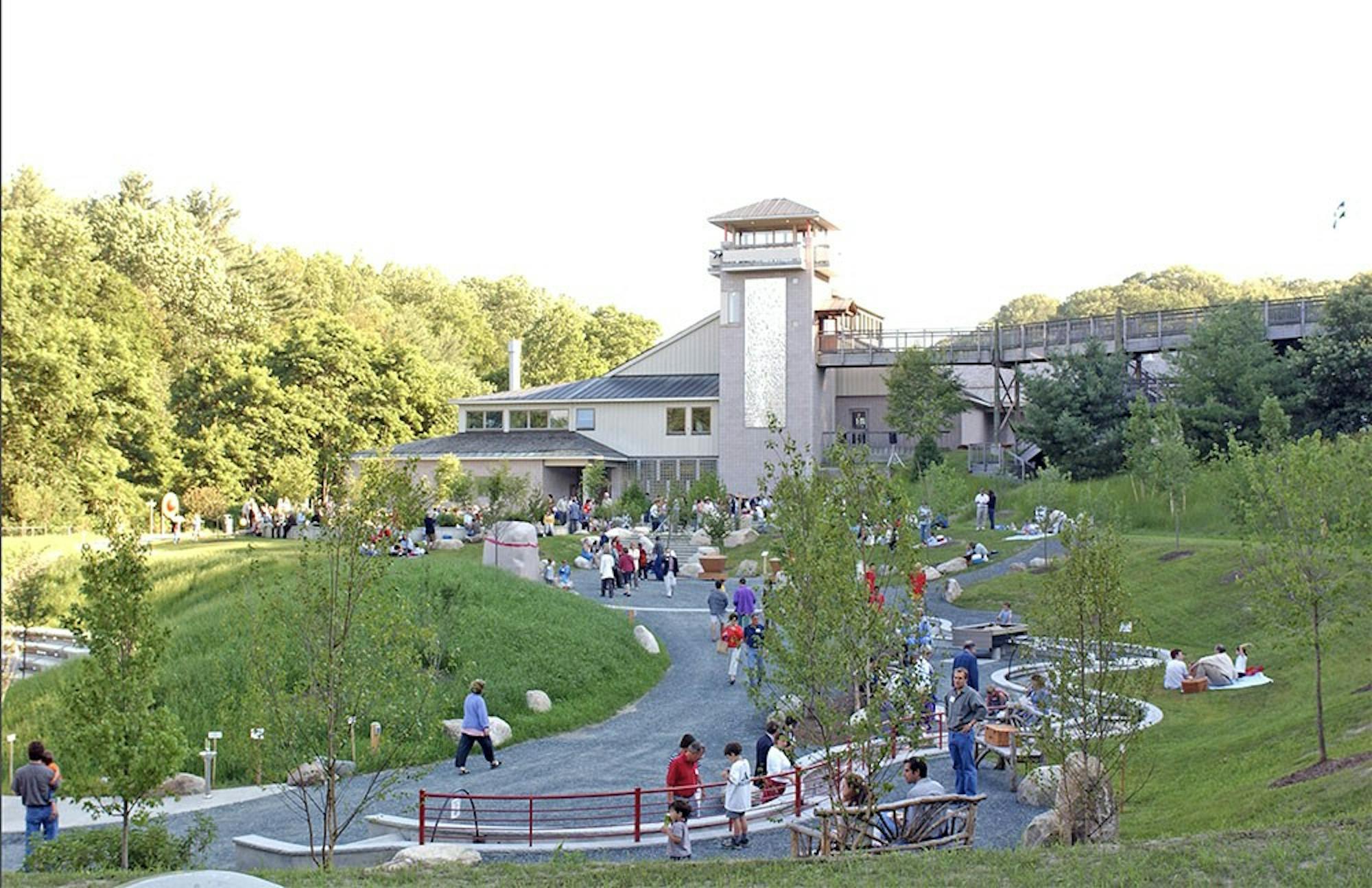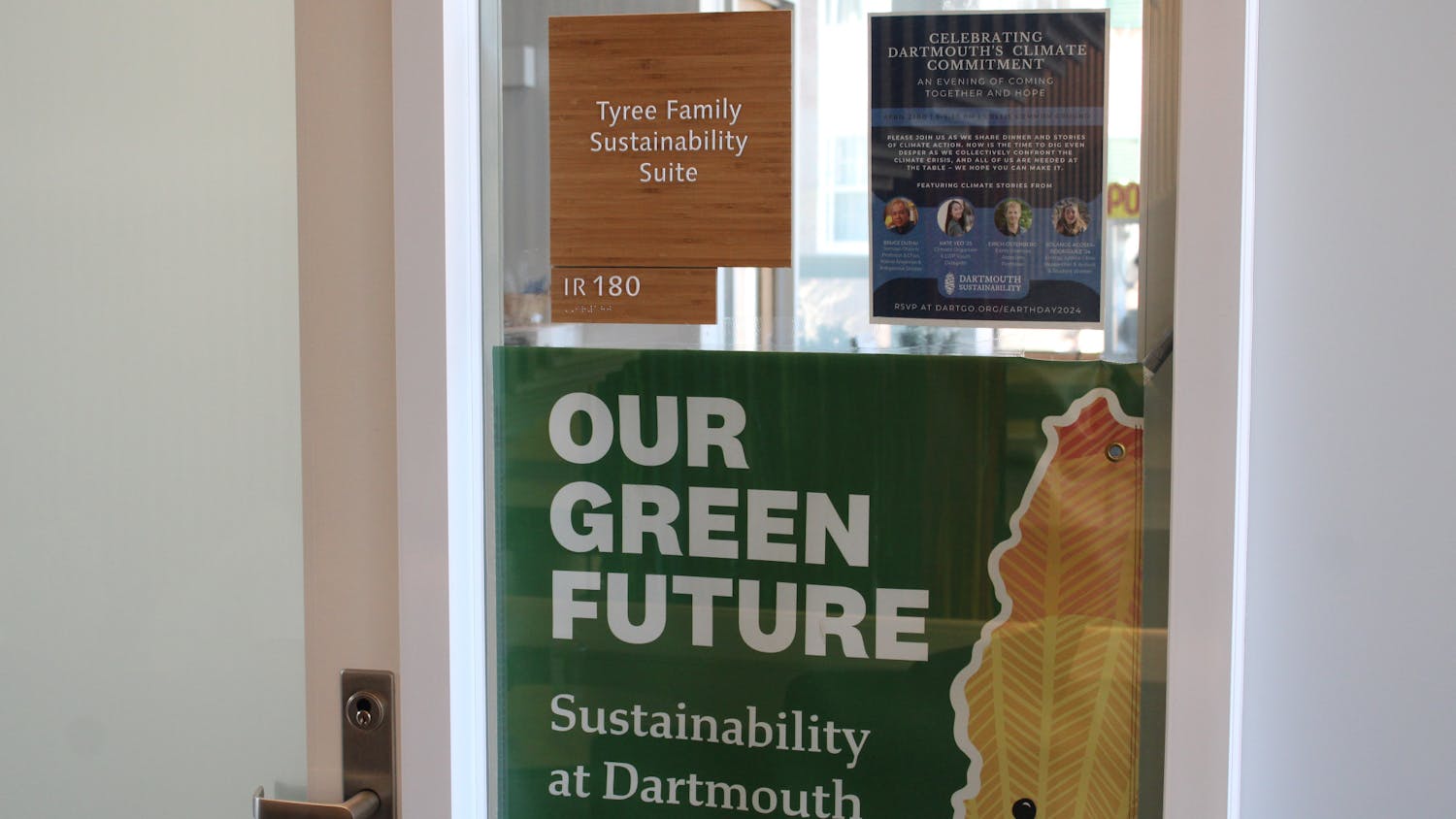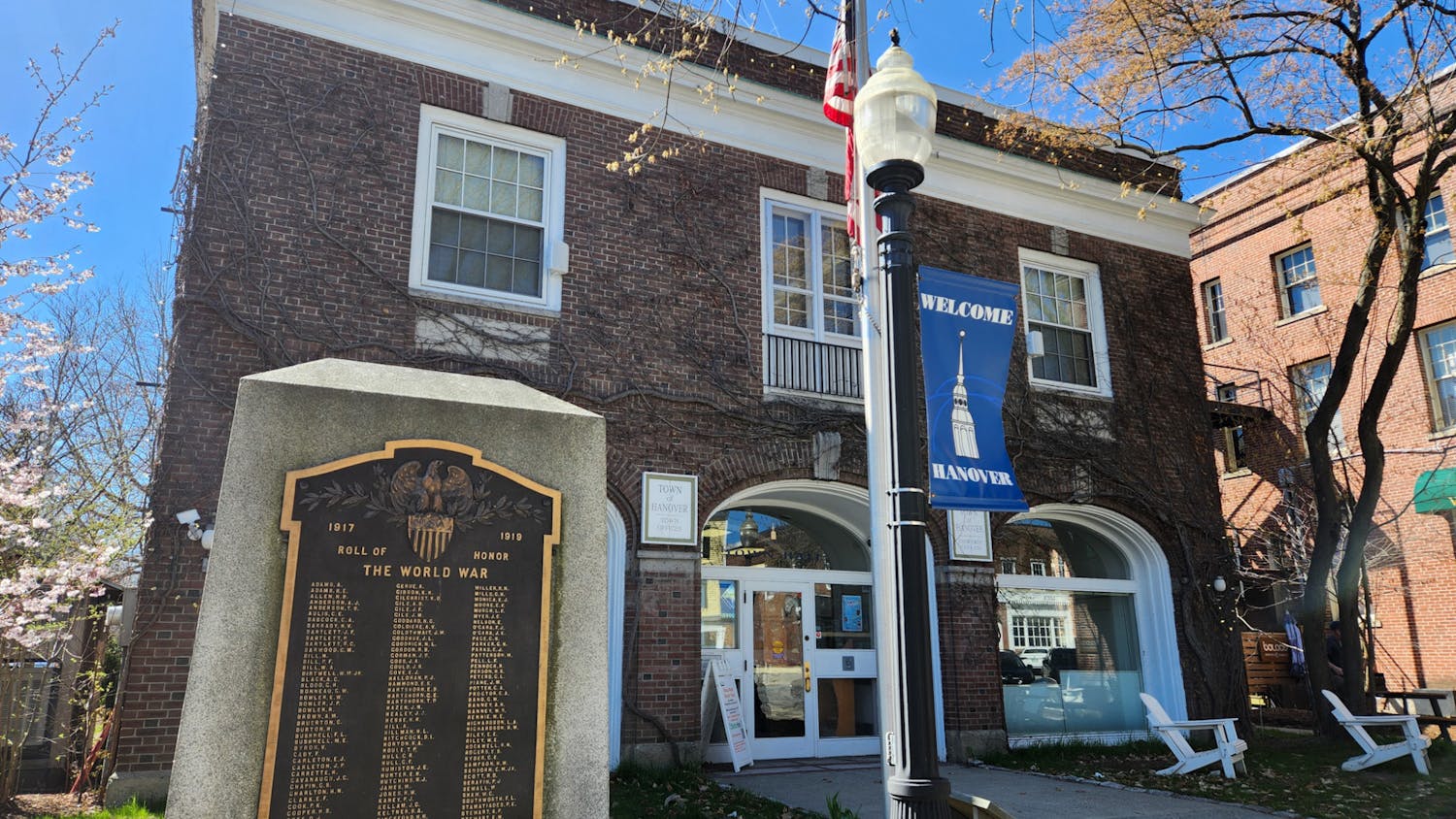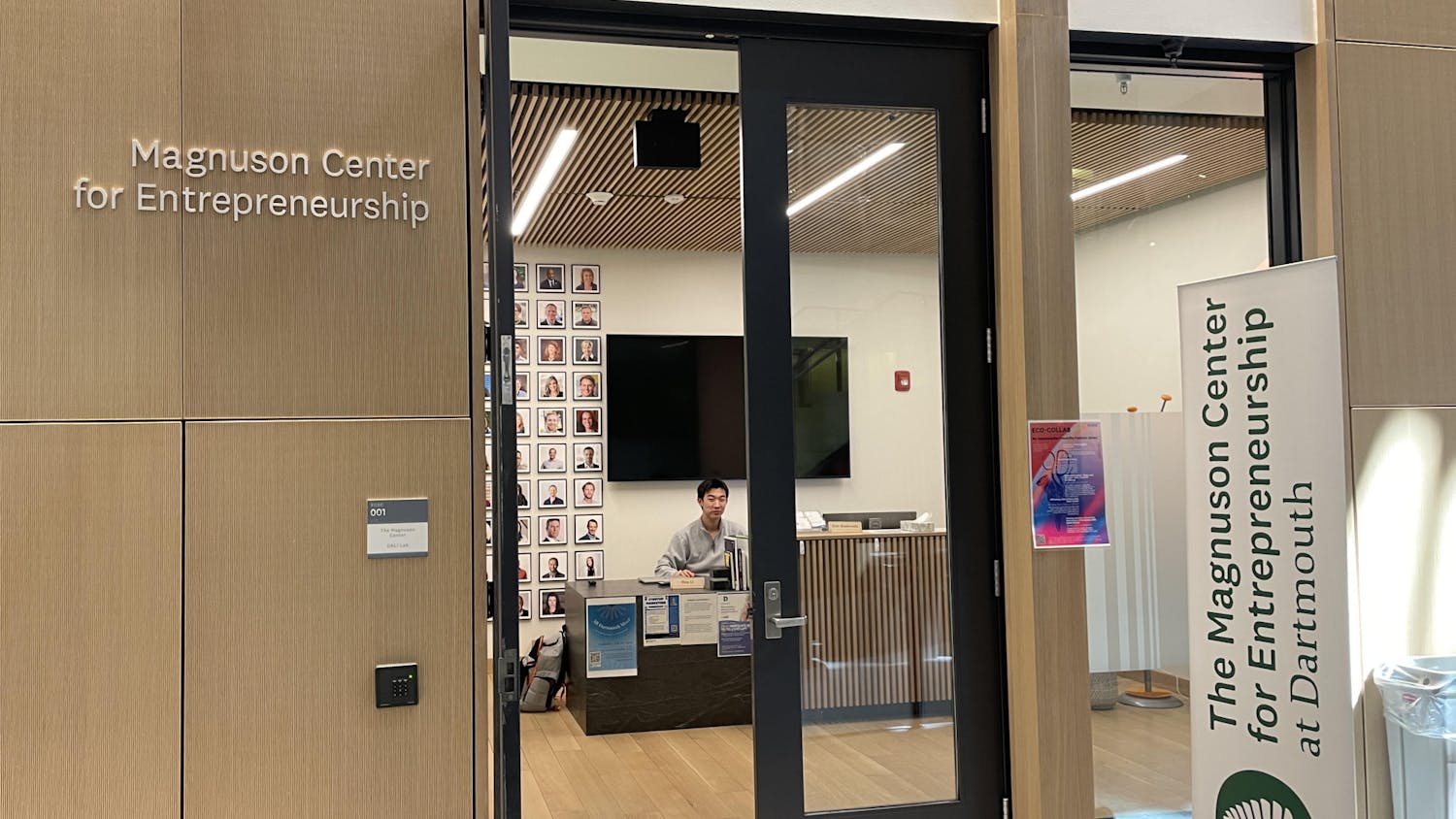The Montshire Museum of Science, an institution that has had a long-standing relationship with the College since its opening in 1976 in Hanover, celebrated its 40th anniversary this January in Norwich, Vermont.
In light of the 40th anniversary, Montshire Museum has planned a series of new exhibitions and programs for the year, said Marcos Stafne, executive director of the Montshire Museum. Exhibits include “Human Plus — Real Lives Plus Real Engineering” that looks at human abilities and adaptive technology that can be used to overcome physical challenges. A series of March talks with members of the Dartmouth community including anthropology professor Jerry DeSilva and Thayer School of Engineering professor Michael Mayor will also take place, Stafne said.
Stafne said the institution was founded by former director of the Dartmouth College Museum, Robert Chaffee. Chaffee headed conversations in the late 1960s to implement a community education center that was devoted to broadening the minds of those in the Upper Valley.
There had also been discussion about closing a scientific collection that was housed on campus at Wilson Hall. Community members who had enjoyed the collection talked about extracting it from the College to make the resources available to community members, Stafne said. After five to six years of discussion, members of the community helped establish the museum at an old bowling alley.
In later years, the museum removed much of the collection, because as a study collection it was more fit for specialists to study than for visitors to experience in the museum’s hands-on style.
“The type of science done here is very active, so that visitors approach the world and understand it,” he said. “That’s what the Montshire has evolved into — we serve many different audiences, but the focus is to awaken and encourage a lifelong interest of science through exhibits and presentations that encourage hands-on discovery and learning for people of all ages.”
In 2002, the founding of the Dartmouth-Montshire Institute for Science Education by Dartmouth Provost Barry Scherr and former museum director David Goudy formalized the frequent collaboration between the Montshire and the College, Scherr said.
Sherr said that Goudy had wanted to have a mechanism in place so that people could work back and forth and coordinate joint projects as well as facilitate communication in a more formal way. He added that science education at the K-12 level was also an incentive for creating the institute so that it could serve as a mechanism for fulfilling the community outreach requirements of science grants.
Montshire Museum education director Greg DeFrancis said that the institute supports science education initiatives in the Upper Valley. Projects done with researchers at the College are brought to K-12 students as well as to families and visitors to the museum, he said.
These projects include one on obesity prevention in children by Geisel School of Medicine professor and Montshire Board of Trustees member Madeline Dalton. Dalton said that she collaborated with Montshire to create a curriculum for seventh and eighth graders to look at risk factors for obesity in the students’ school environments.
The students excelled in both their participation and their results, Dalton said.
“They basically discovered things that we discovered through our own studies,” she said. “I think that’s a great example of us as researchers being able to translate our research findings into community based projects, and for Montshire to build on the expertise that’s nearby and do outreach to schools in the area.”
Dartmouth biology professor and Montshire Board of Trustees member Roger Sloboda said that he worked with the institute under a grant from the Howard Hughes Medical Institute. Dartmouth students worked with students from the Rivendell School District in New Hampshire, culminating in demonstrations at the Montshire Museum.
“It was a terrific interaction of undergraduate students, graduate students and other students at Dartmouth and younger children in learning about science,” Sloboda said. “Our students learned to teach and talk and younger children had role models close to their own age who talked and dressed like them.”
Montshire, as a largely community driven organization pays attention to the needs of its community, DeFrancis said. In the last 40 years, the community has grown to include families throughout New England and Vermont and New Hampshire schools and teachers. The museum’s name derives from the last syllables of Vermont and New Hampshire.
“Paying attention to those community needs and being driven by grassroot interests meant that we’ve always been cemented and supported by that community,” DeFrancis said. “The Upper Valley is a pretty unique space in that there’s a lot of people here who highly value education and are concerned about education, both for lifelong learners and education opportunities for older kids and grandkids.”
DeFrancis added that the support has allowed the museum to grow its science education programs.
New exhibits in honor of the 40th anniversary will be unveiled over the year. In the summer, the Montshire will exhibit “Tinkering,” a hands-on exhibition that will attempt to get visitors engaged in the pre-engineering process through different tinkering labs that will create projects such as small robots and pinball machines, Stafne said.
Two exhibitions, “Dinosaur Revolution,” which focuses on paleontology, and “Making Music,” which focuses on the science and art of musical instrument design, are scheduled for the fall, Stafne said.
Stafne said that the museum has proven itself as an entity that emanates the “joy of science,” and that for the past 40 years, it has helped people enjoy the scientific process.
“What we want to do for the future is make sure people come and understand that science is not some abstract thing, that we are all scientists, and we need to question our surroundings, figure out how things work, and really think about issues,” Stafne said. “Science can be tough and frustrating, so we want people to be able to develop grit, as with the ‘Tinkering’ exhibit. But at the end of the day, science can be a lot of fun. We’ve been doing really joyful science and providing experiences of joyful science for the last 40 years and for the next 40 years we hope to provide more.”
This article has been revised to reflect the following correction.
Correction appended (Feb. 17, 2016):The original version of this article incorrectly spelled the name of Montshire Museum executive director as "Marcus Stafne." It is, in fact, Marcos Stafne.




